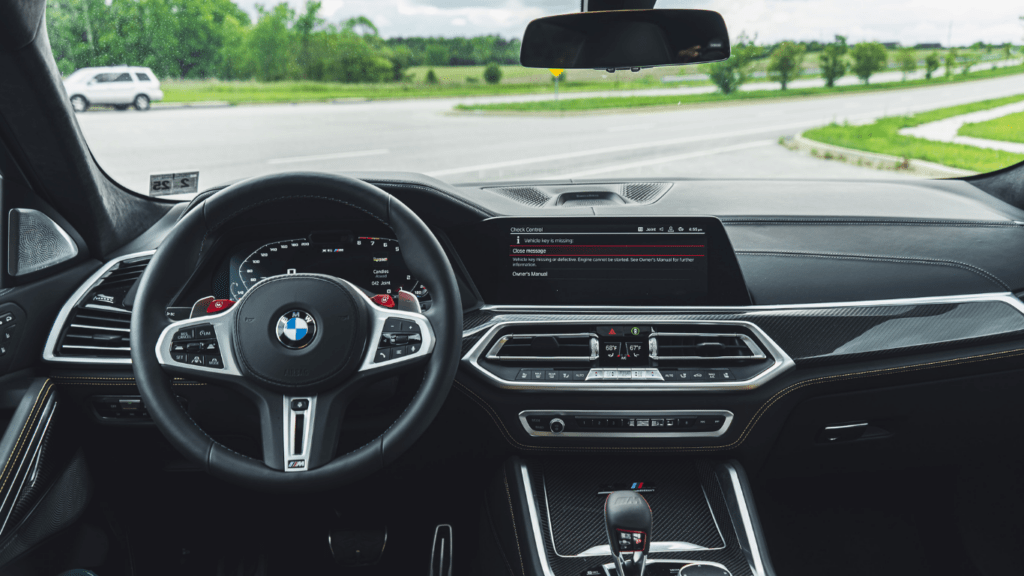Overview of Safety Innovations in Modern Vehicles
Modern vehicles come equipped with advanced safety technologies that significantly improve driver security. These innovations have transformed the driving experience, ensuring greater peace of mind on the road.
Exploring Advancements in Car Safety Technology
Innovative safety features in today’s cars include adaptive cruise control, collision avoidance systems, and blind-spot detection.
Adaptive cruise control maintains a safe following distance from the vehicle ahead by automatically adjusting speed.
Collision avoidance systems use sensors to detect and prevent potential accidents by warning the driver or taking automated action.
Blind-spot detection alerts drivers to vehicles in their blind spots, reducing the risk of collisions during lane changes.
Impact on Driver Security and Confidence
These advancements enhance driver security. For instance, adaptive cruise control not only maintains safe distances but also reduces driver fatigue on long trips.
Collision avoidance systems minimize the chance of accidents by providing timely warnings or intervention.
Blind-spot detection boosts driver confidence by addressing one of the most common hazards in urban driving. Collectively, these features contribute to a safer and more confident driving experience.
Autonomous Safety Features
Cars today incorporate autonomous safety features that anticipate and respond to potential hazards without driver intervention. These systems save lives, prevent accidents, and enhance the overall driving experience.
Emergency Braking Systems
Emergency braking systems apply the brakes automatically to prevent collisions.
Using sensors, cameras, and radar, these systems detect imminent collisions and apply full braking power faster than a human could react. There are three components:
- Detection: Radar and cameras identify obstacles.
- Warning: Audible and visual alerts signal the driver.
- Action: Brakes activate if the driver doesn’t respond.
- Lane Departure Warning: Alerts the driver when detecting lane drift.
- Lane Keeping Aid: Gently steers the car back into the lane.
- Lane Centering: Keeps the vehicle centered, particularly useful during long drives.
Connectivity and Driver Assistance
The latest cars feature advanced connectivity options and driver assistance technologies that enhance the driving experience. These innovations improve real-time decision-making and overall road safety.
Vehicle-to-Vehicle Communication
Vehicle-to-vehicle (V2V) communication enables cars to exchange information with each other.
Using dedicated short-range communication (DSRC) technology, V2V shares data like:
- speed,
- location
- direction
For example, if a car abruptly brakes ahead, connected vehicles can receive alerts and react swiftly, reducing accident risks.
The National Highway Traffic Safety Administration (NHTSA) supports V2V for its potential to prevent crashes and improve traffic flow.
Real-Time Traffic and Obstacle Alerts
Real-time traffic and obstacle alerts provide timely updates to drivers about road conditions. Integrated GPS systems and connected car networks collect and relay data on traffic jams, accidents, and road work.
For instance, navigation apps like Waze and Google Maps inform drivers of upcoming hazards and suggest alternate routes, minimizing delays and enhancing safety.
These systems use crowdsourced input and sensor data for accurate, up-to-the-minute information.
Passive Safety Enhancements
New cars come with several passive safety features designed to protect occupants in the event of a crash. These enhancements operate in the background and don’t require active input from the driver.
Improvements in Airbag Technology
Airbags have evolved significantly over the years. Modern cars now include multi-stage airbags that deploy with varying force based on the severity of the collision.
These adaptive airbags reduce the risk of injury from the airbag itself. Some vehicles also feature side-curtain airbags that activate during side impacts to protect passengers’ heads.
Knee airbags have been introduced to minimize leg injuries during frontal crashes.
Advances in Crash Energy Management
Crash energy management has become more sophisticated. Crumple zones strategically absorb impact forces, reducing the energy transferred to occupants.
Car manufacturers use high-strength steel and innovative materials to enhance these zones without adding extra weight.
Seatbelt pretensioners and load limiters work in tandem with crumple zones to restrain and protect passengers by tightening the belt upon impact and then slightly relaxing to prevent injury from excessive force.
The Role of Artificial Intelligence in Car Safety

Advanced AI systems revolutionize car safety by enhancing predictive analysis, optimizing adaptive cruise control, and refining pedestrian detection.
Predictive Analysis and Accident Prevention
AI algorithms analyze vast amounts of driving data to predict potential accidents and prompt preventive measures.
Sensors and cameras monitor vehicle surroundings, allowing AI to identify hazards and warn drivers.
For instance, if a car is approaching a stopped vehicle too quickly, AI might engage automatic braking systems to avoid a collision. This technology not only reacts but anticipates, thus significantly reducing accident rates.
AI in Adaptive Cruise Control and Pedestrian Detection
AI enhances adaptive cruise control (ACC) by adjusting speed based on traffic conditions, ensuring optimal distances from other vehicles.
Using machine learning, ACC systems learn driver habits to provide a personalized driving experience.
For instance, the system might adapt to follow slightly closer in heavy traffic or maintain greater distances at higher speeds.
AI-powered pedestrian detection improves safety by recognizing human shapes and movements.
Advanced sensors and image processing techniques allow AI to distinguish pedestrians from other objects, even in challenging conditions.
Once a potential collision with a pedestrian is detected, the car can alert the driver or automatically engage brakes, thereby protecting lives.

